Viskovatov V.V. "Historical description of clothing and weapons of the Russian troops from ancient times." Part of 1
Tsar Alexei Mikhailovich
Tsar Boris Fedorovich Godunov
Tsar Vasily Ioanovich Shuisky
Tsar John Alekseevich
Tsar Ivan Vasilyevich the Terrible
Tsar Mikhail Fedorovich
Tsar Fedor Alekseevich
Tsar Fedor Ioanovich
45. Russian weapons from the fourteenth to the half of the seventeenth century. Shelomy
46. Russian weapons from the fourteenth to the half of the seventeenth century. Shelomy
47. Russian weapons from the fourteenth to the half of the seventeenth century. Caps
48. Russian weapons from the fourteenth to the half of the seventeenth century. Shishaki
49. Russian weapons from the fourteenth to the half of the seventeenth century. Shishaki
50. Russian weapons from the fourteenth to the half of the seventeenth century. Misyurki-prilvitsy
51. Russian weapons from the fourteenth to the half of the seventeenth century. Misyurki-pleshniki
52. Russian weapons from the fourteenth to the half of the seventeenth century. Paper Caps
53. Russian weapons from the fourteenth to the half of the seventeenth century. Iron Caps
54. Russian weapons from the fourteenth to the half of the seventeenth century. Copper cap
55. Russian weapons from the fourteenth to the half of the seventeenth century. Erikhon
56-57. Russian weapons from the fourteenth to the half of the seventeenth century. Shields
58-59. Russian weapons from the fourteenth to the half of the seventeenth century. Shields
60. Russian weapons from the fourteenth to the half of the seventeenth century. Tarch
61-62. Russian weapons from the fourteenth to the half of the seventeenth century. Sword and sabers
63-64. Russian weapons from the fourteenth to the half of the seventeenth century. The broadsword, the konchar, the cleaver, the lap blades, the dagger, the knives of the sucker, and the knives
65. Russian weapons from the fourteenth to the half of the seventeenth century. Spears, jids and tassels
66-67. Russian weapons from the fourteenth to the half of the seventeenth century. Rogatin and owl
68-69. Russian weapons from the fourteenth to the half of the seventeenth century. Hammers and axes
70-71. Russian weapons from the fourteenth to the half of the seventeenth century. hatchets and chasers
72-73. Russian weapons from the fourteenth to the half of the seventeenth century. Shestopery and maces
74-75. Russian weapons from the fourteenth to the half of the seventeenth century. Poppers and Saadak Axes
77. Belonging to armed with the fourteenth to the half of the seventeenth century. Pokrovets on saadak
78-79. Russian weapons from the fourteenth to the half of the seventeenth century. Crossbows
80. Belonging to armed with the fourteenth to the half of the seventeenth century. wine cartouche
81. Russian firearms weapon in the sixteenth and seventeenth centuries. Samopaly or handhelds
82. Russian firearms in the sixteenth and seventeenth centuries. Samopaly or handhelds
83. Russian firearms in the sixteenth and seventeenth centuries. Carabiners
84. Russian firearms in the sixteenth and seventeenth centuries. Carabiners
85. Russian firearms in the sixteenth and seventeenth centuries. Pistols 86. Russian firearms in the sixteenth and seventeenth centuries. Ax and Pistol with Hatchets
87. Gun accessories in the XV, XVI and XVII centuries. Berendey. 88. Gun accessories in the XV, XVI and XVIII centuries. Natruski
89. Belonging to armed with the fourteenth to the half of the seventeenth century. Natruski
90. Russian weapons of the XVII century. Halberds and partisan
91. Belonging to armed with the fourteenth to the half of the seventeenth century. Righteous
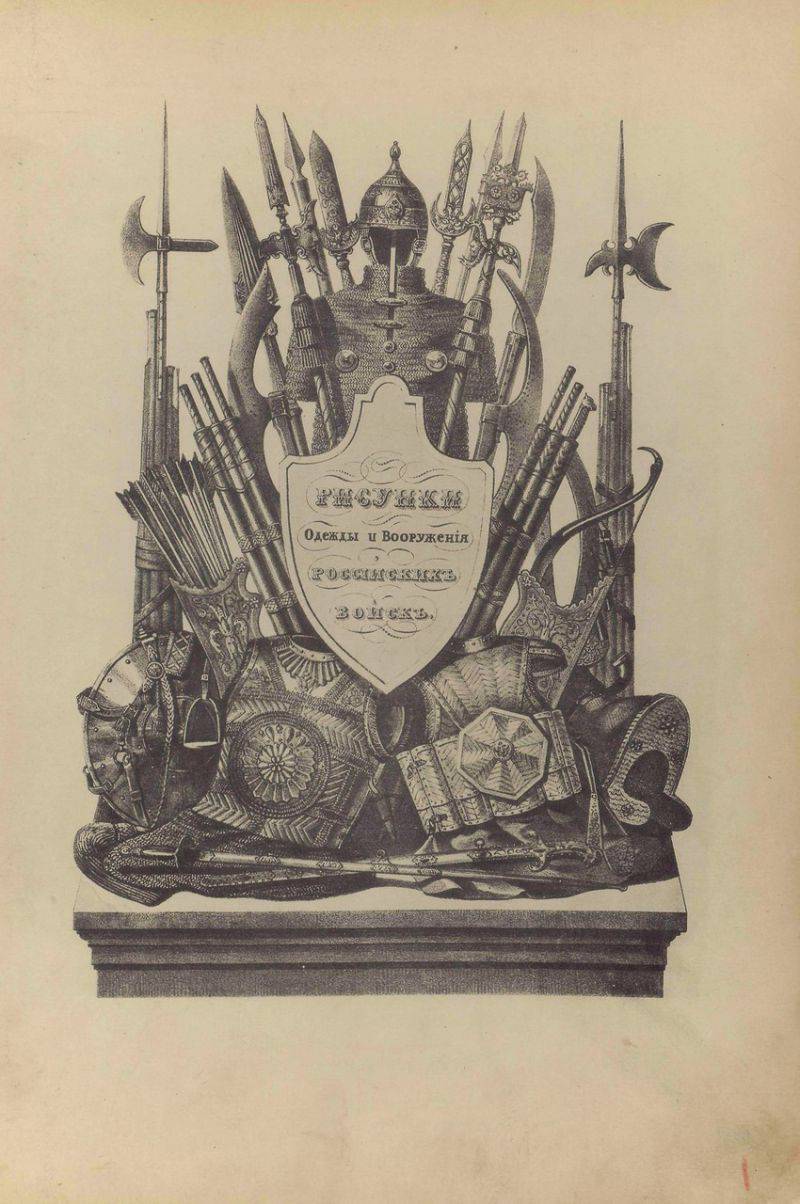
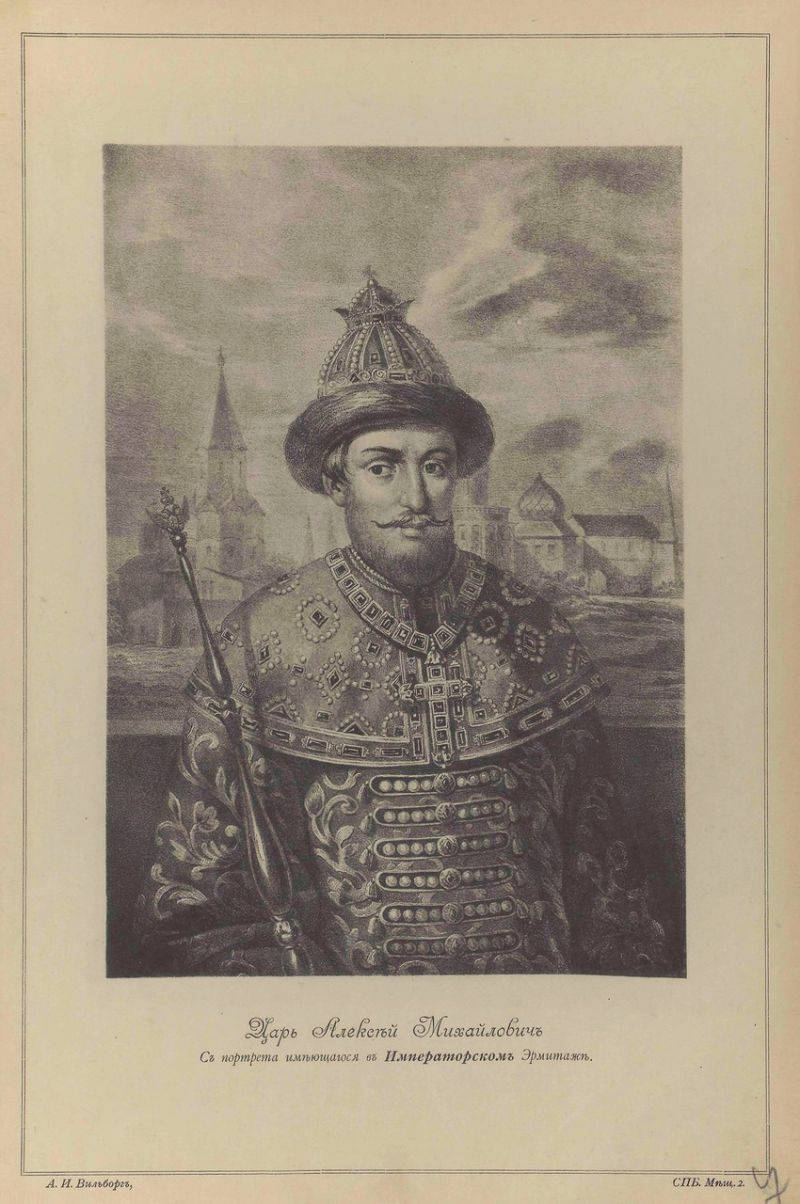
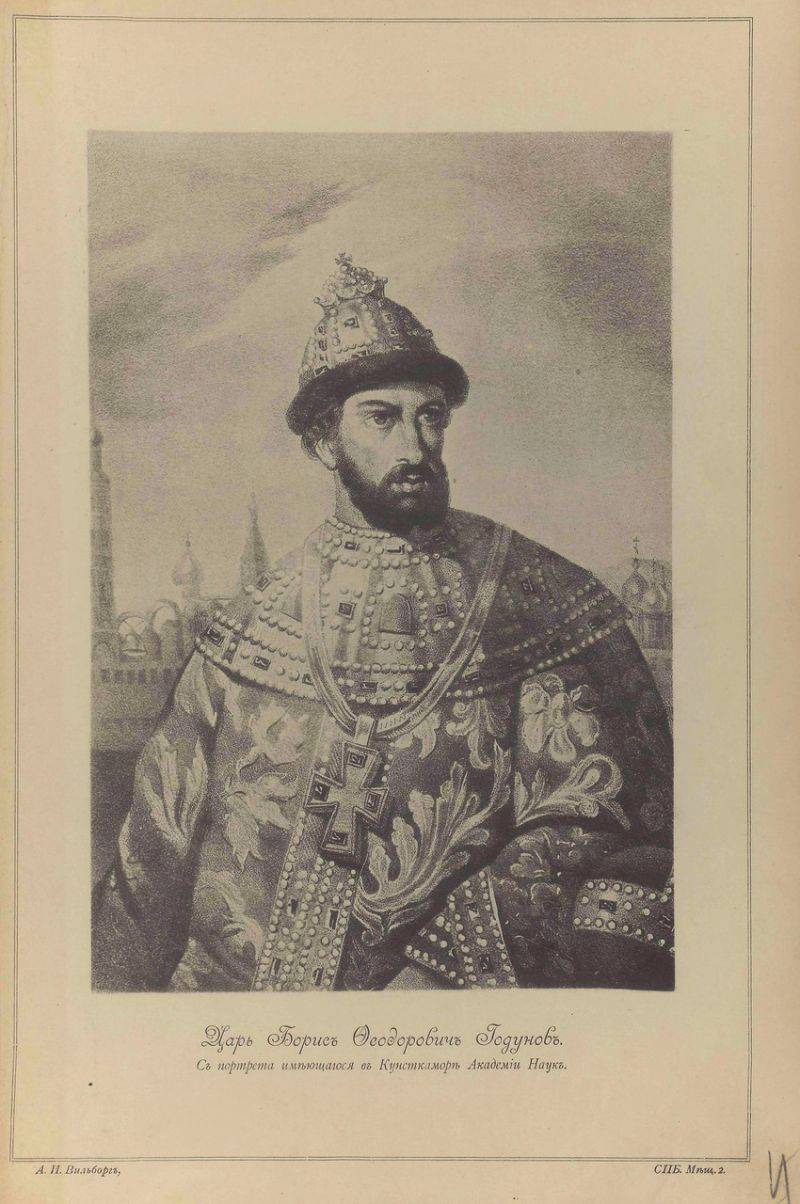
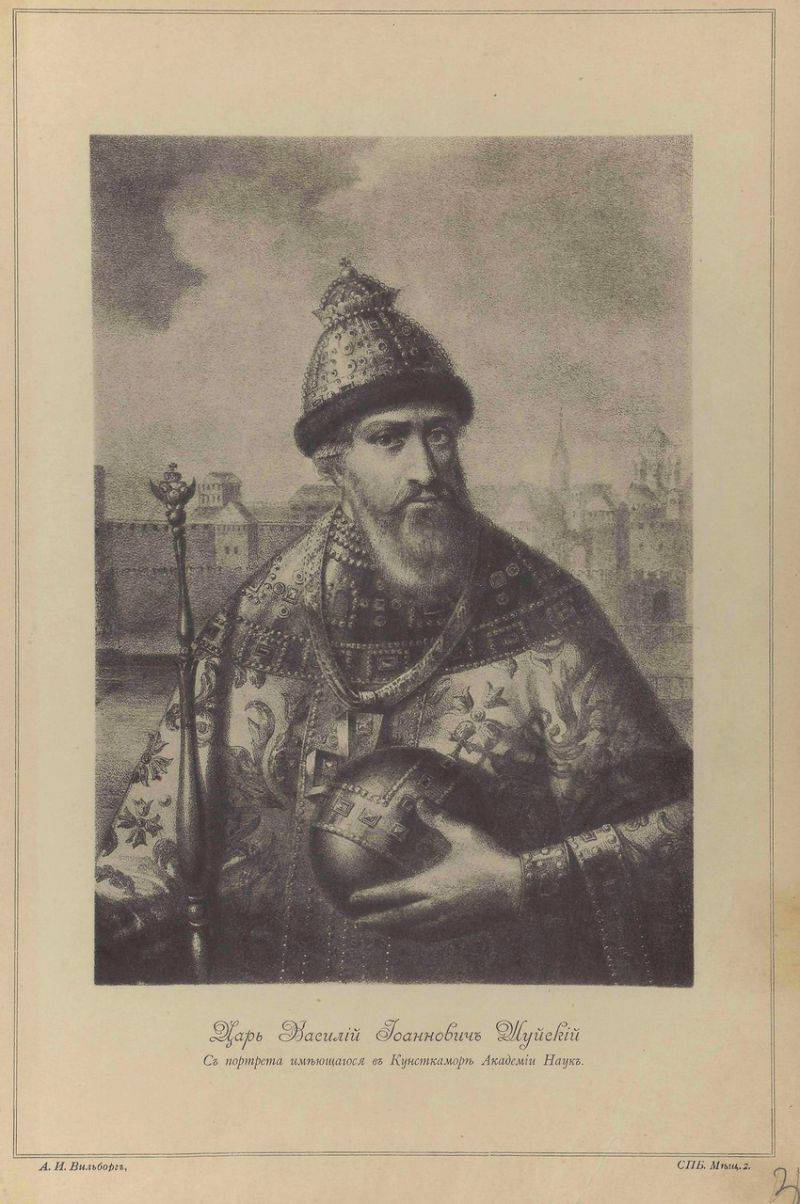
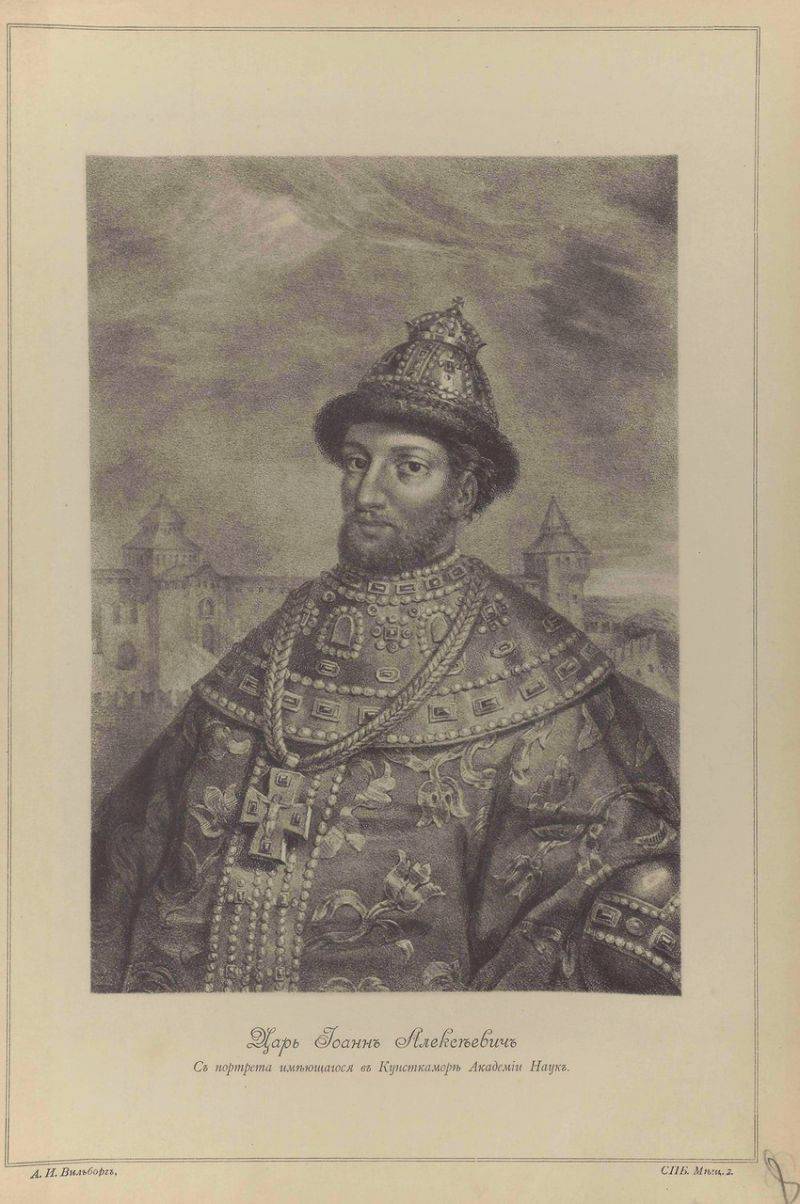
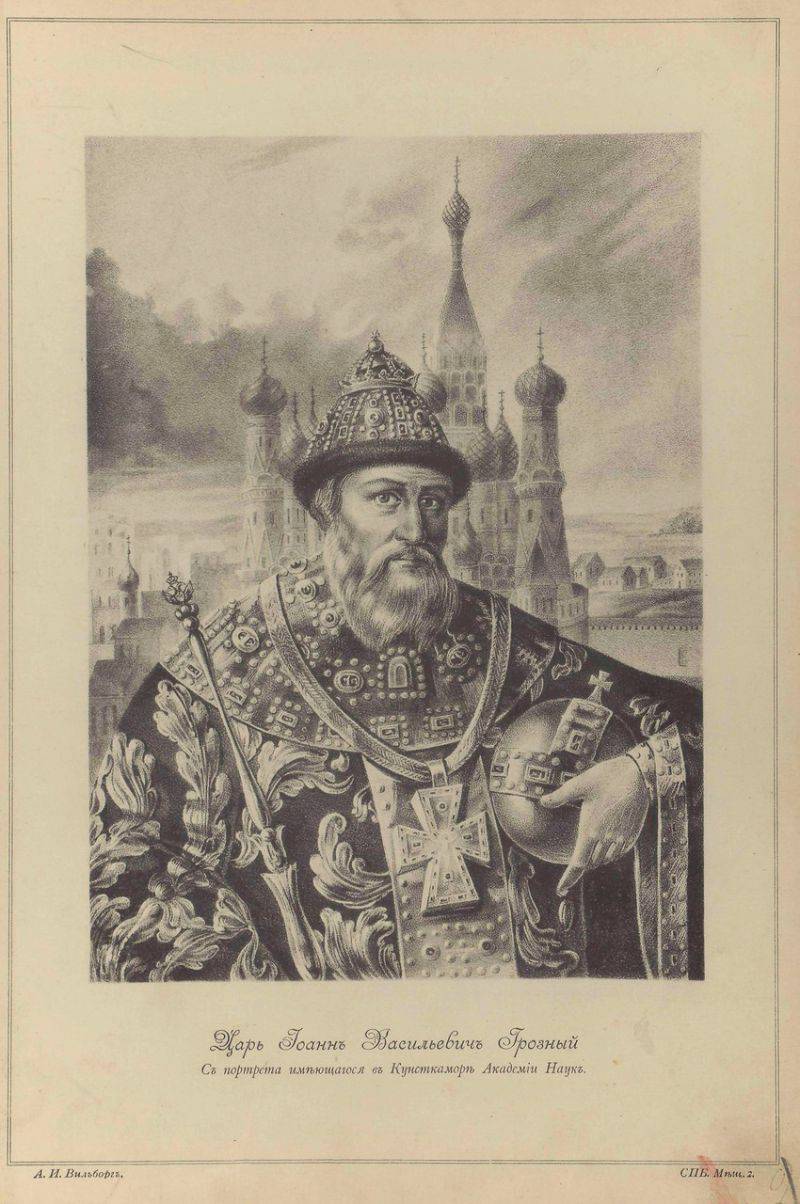

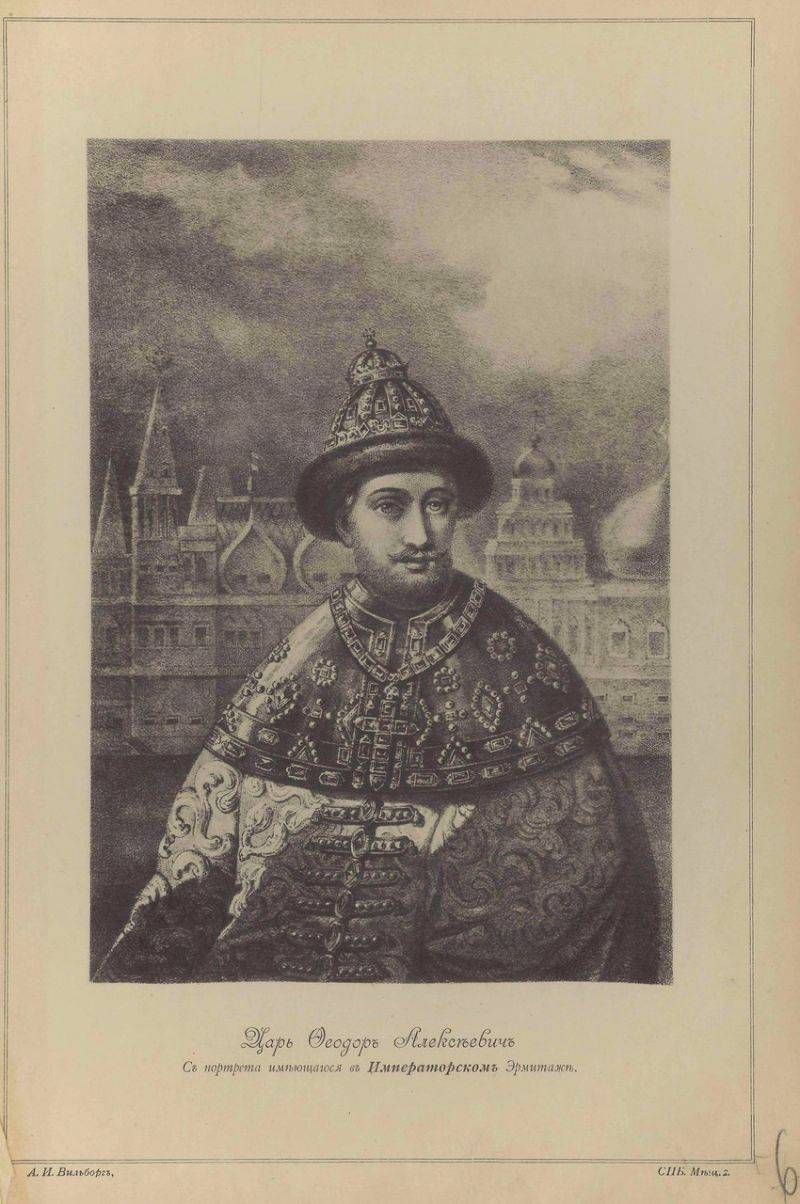
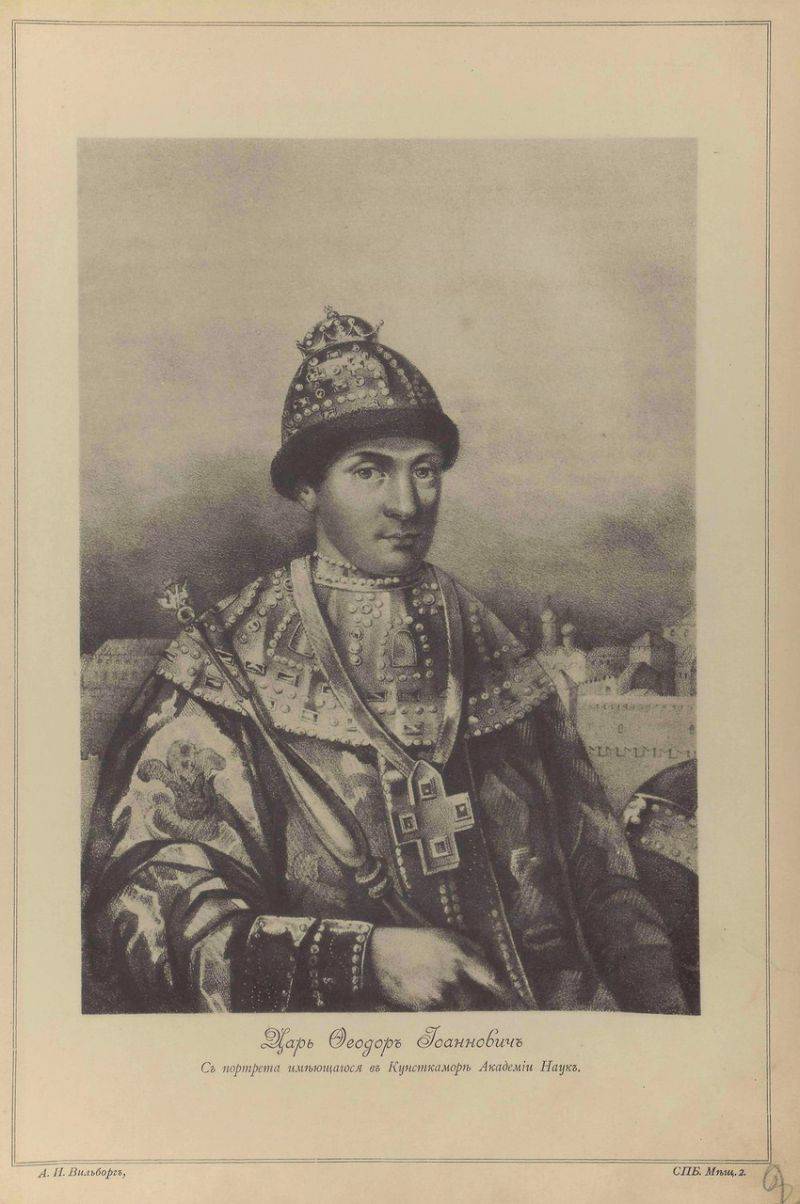
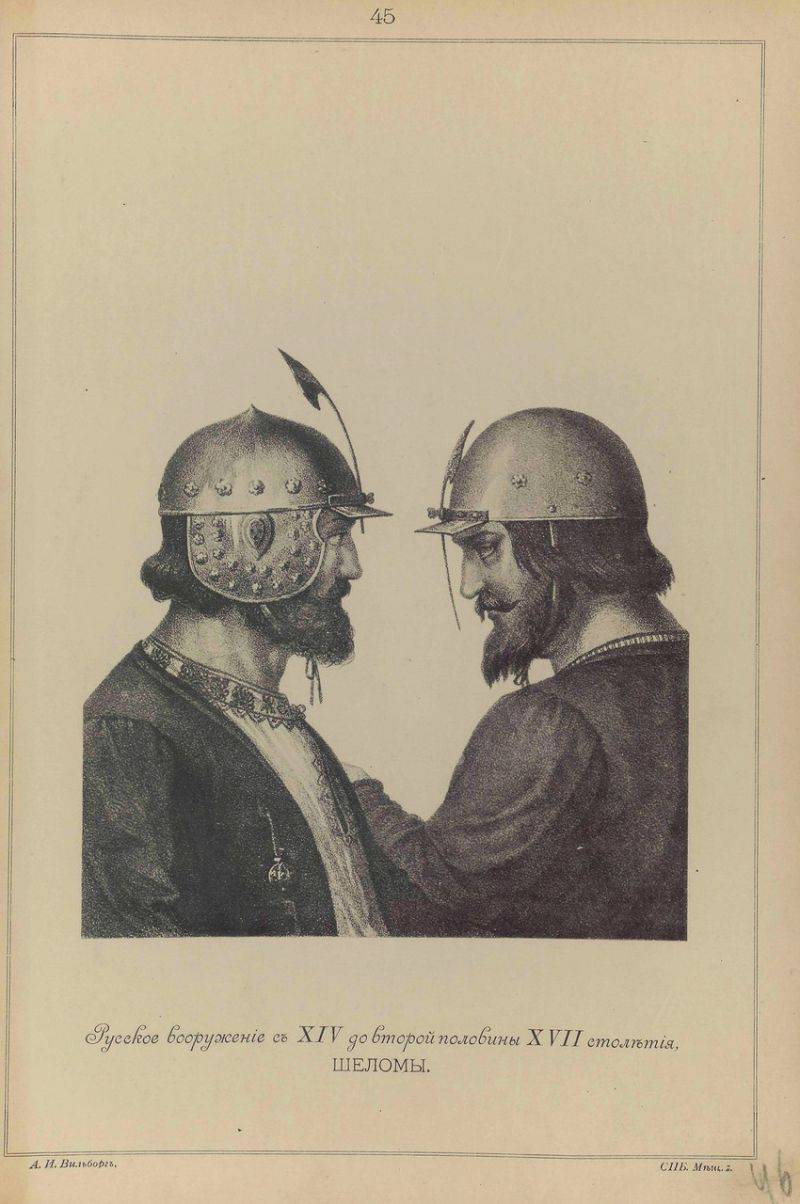
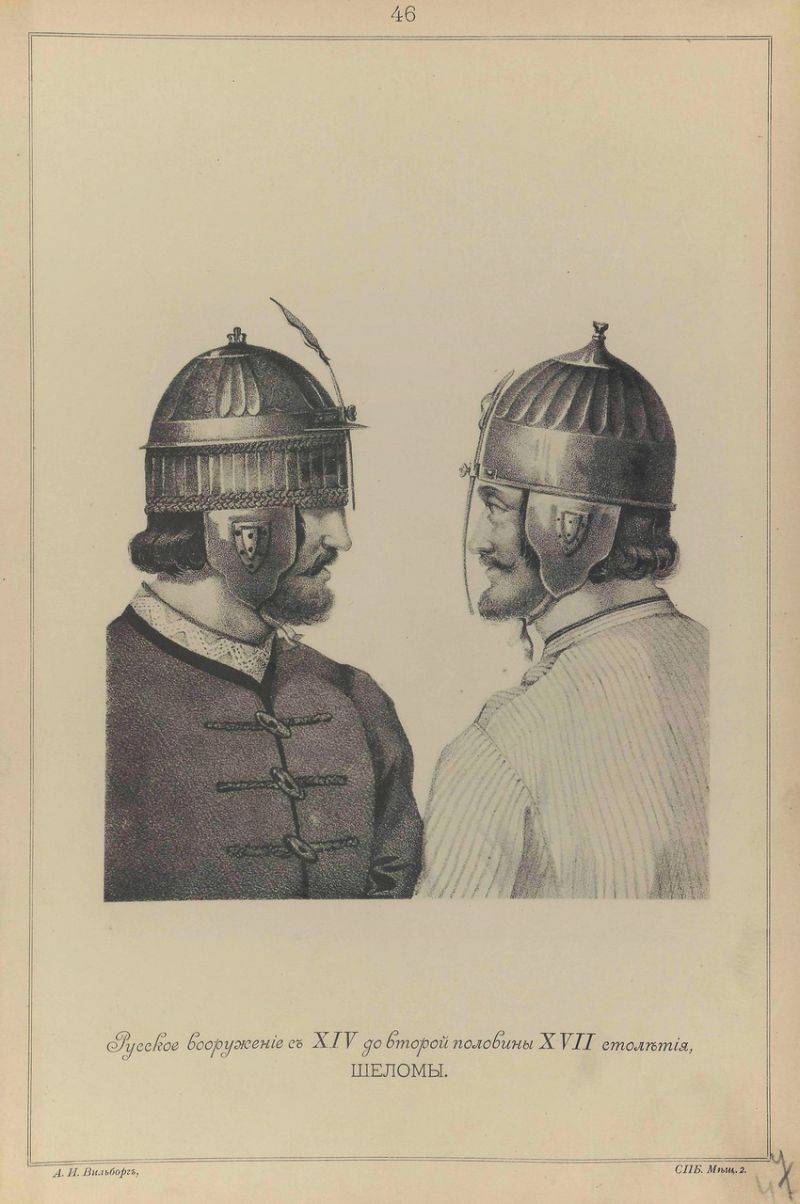
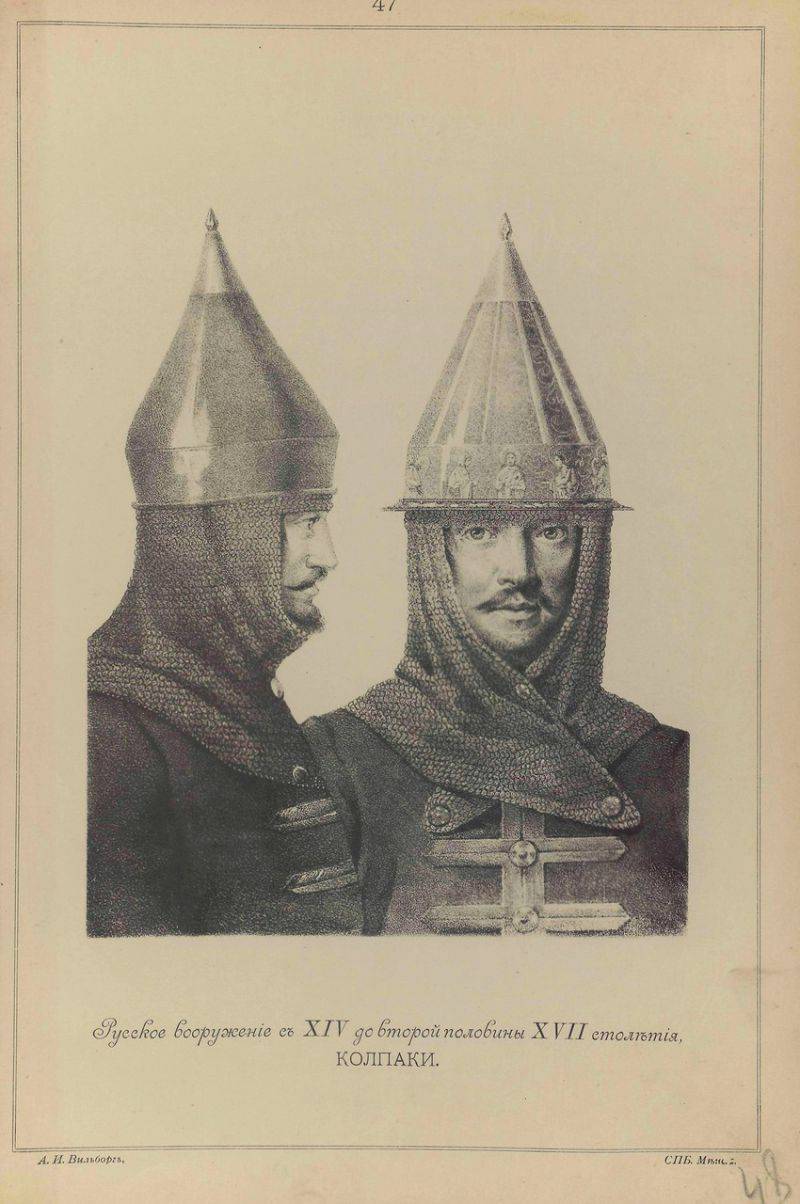
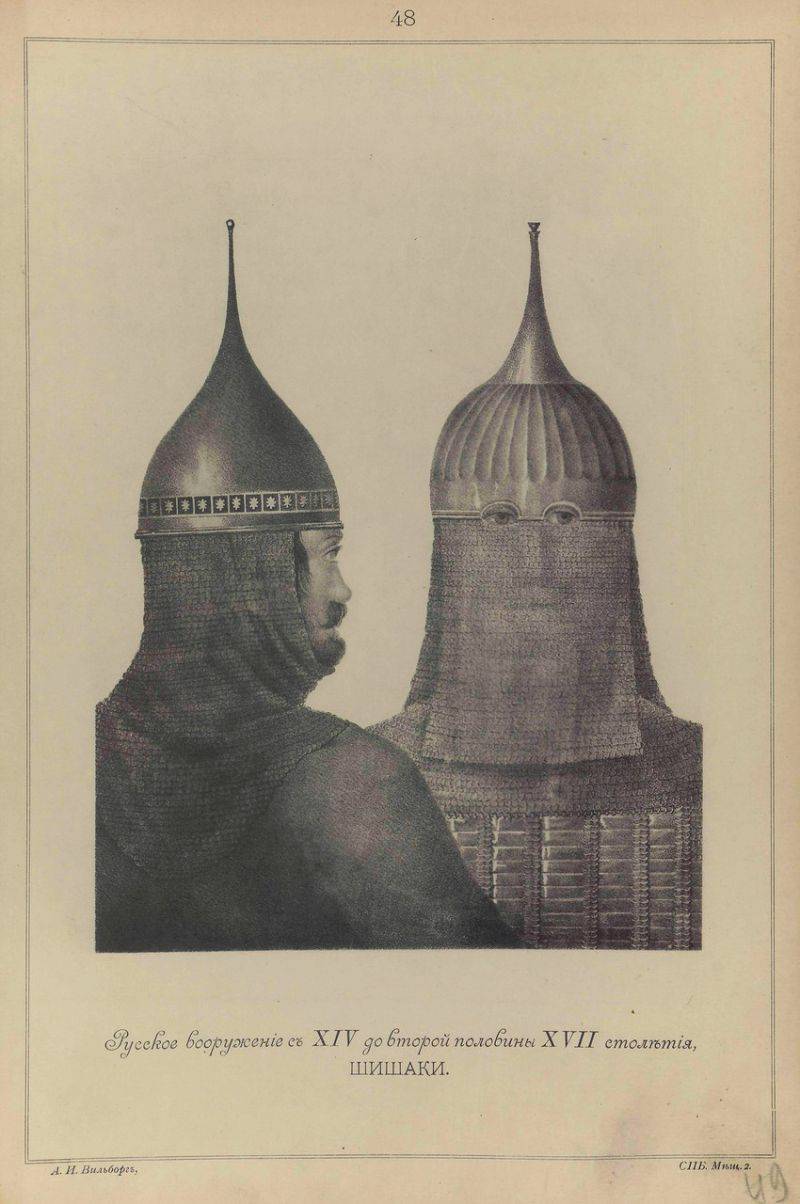
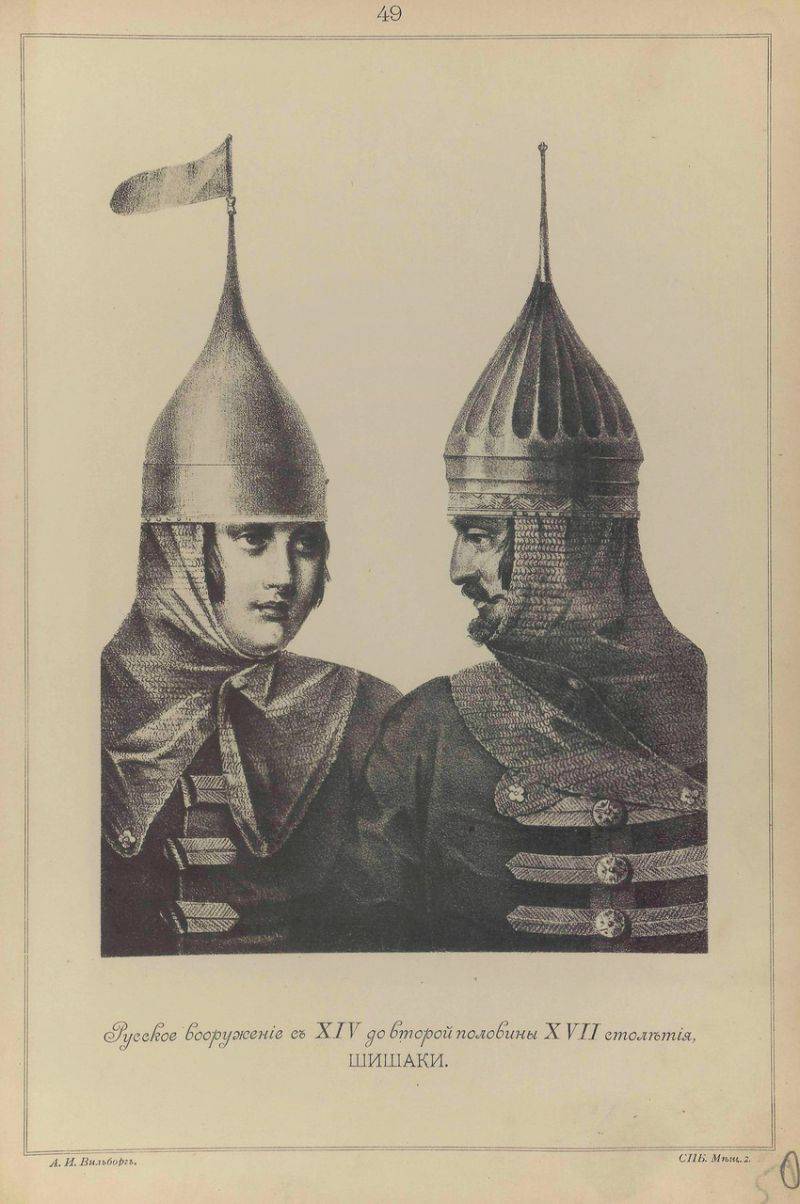
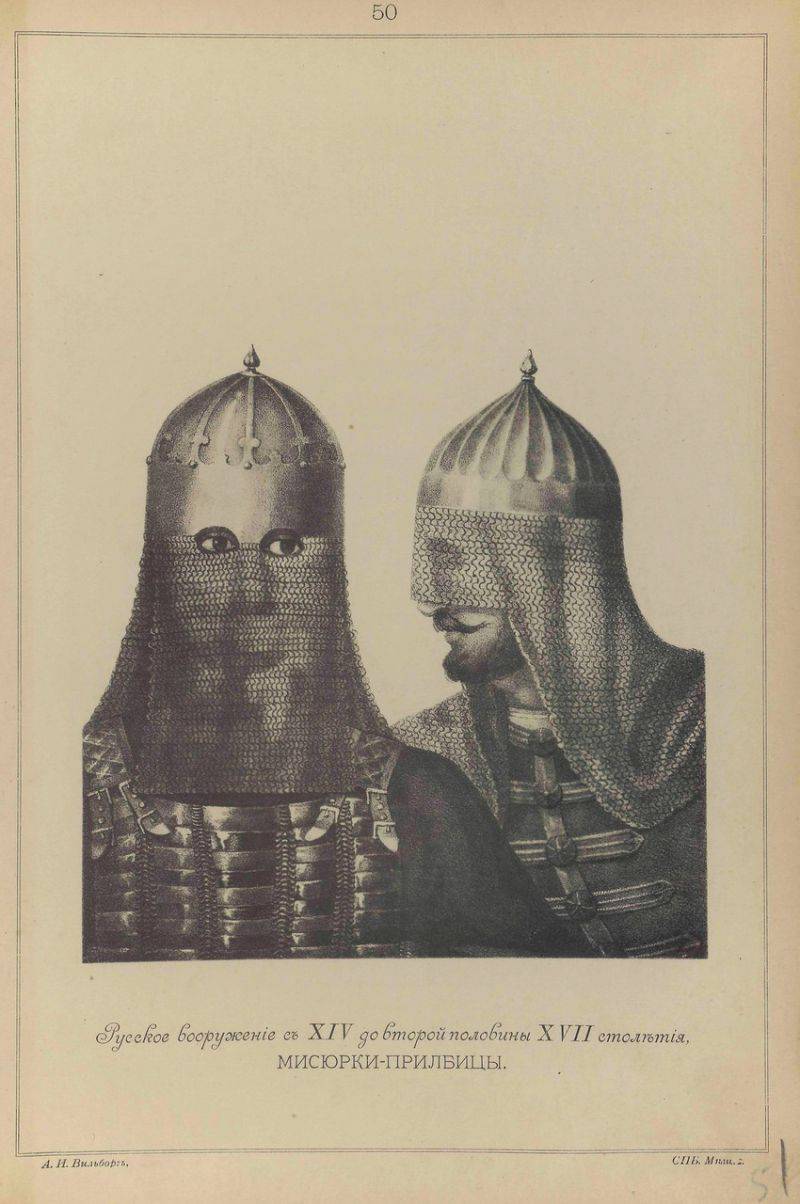
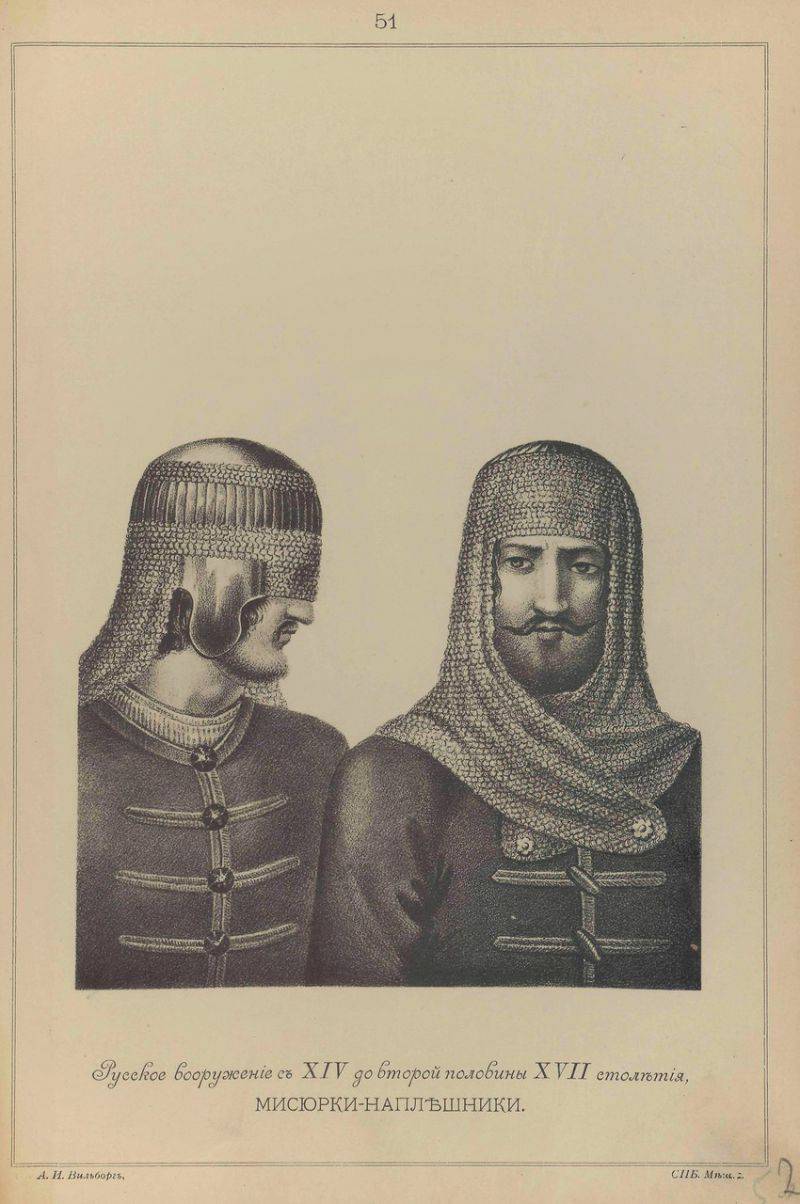
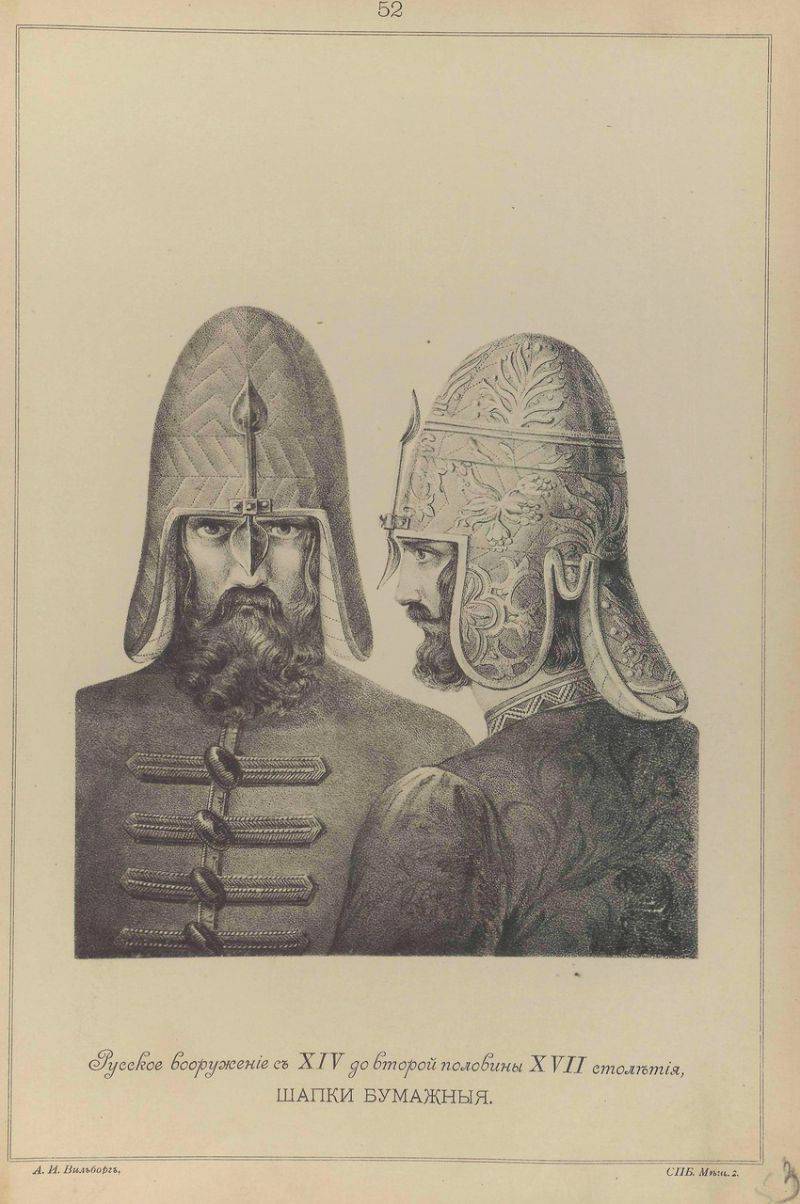
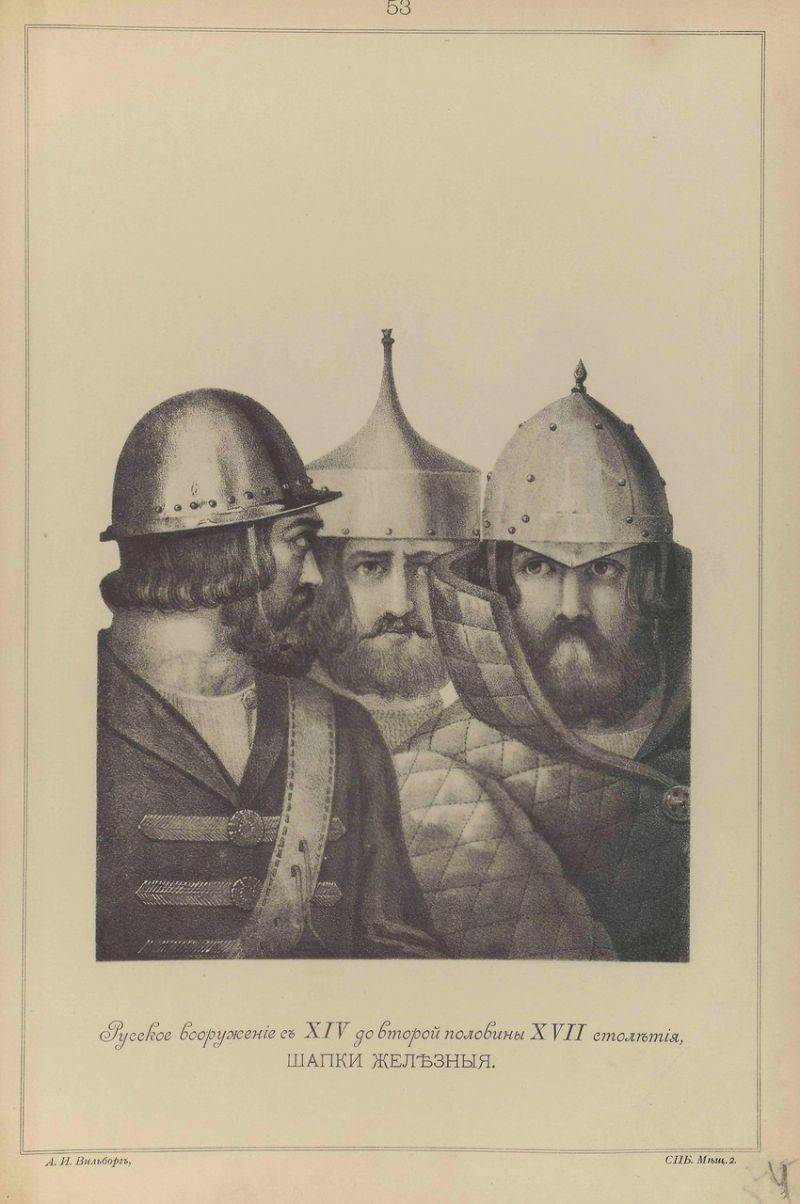
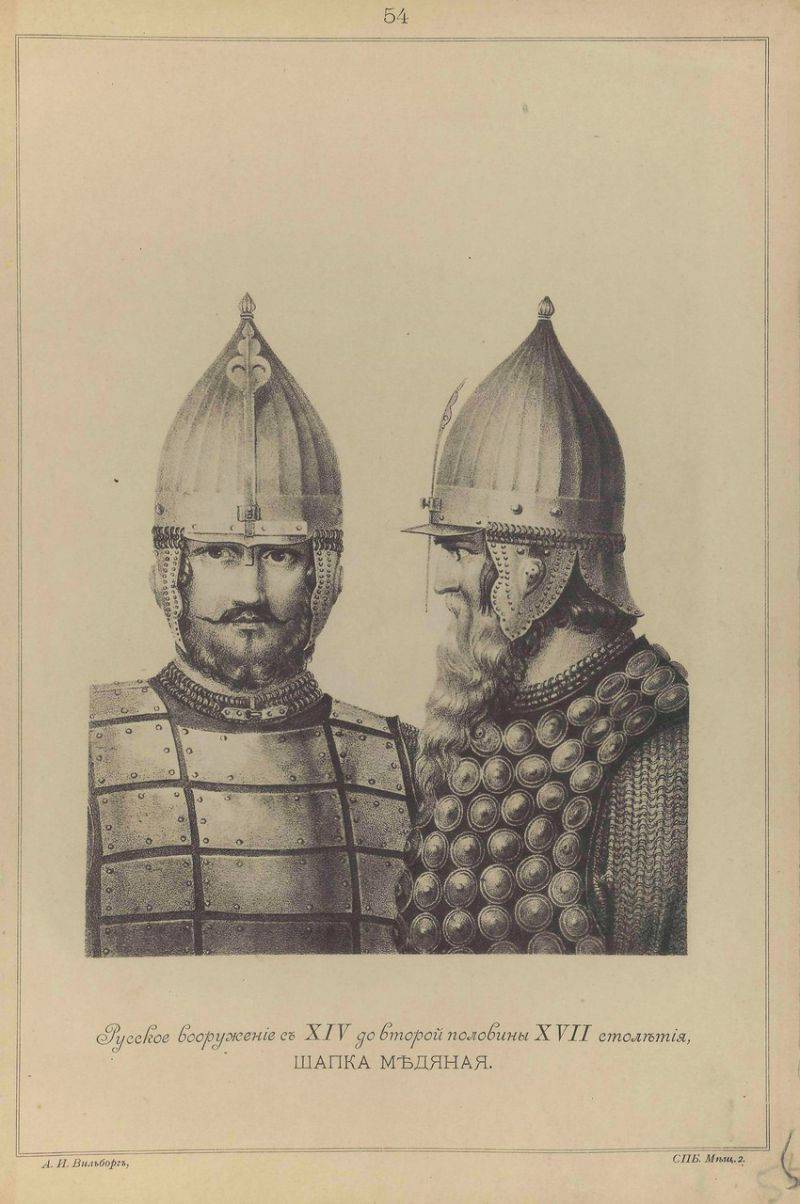
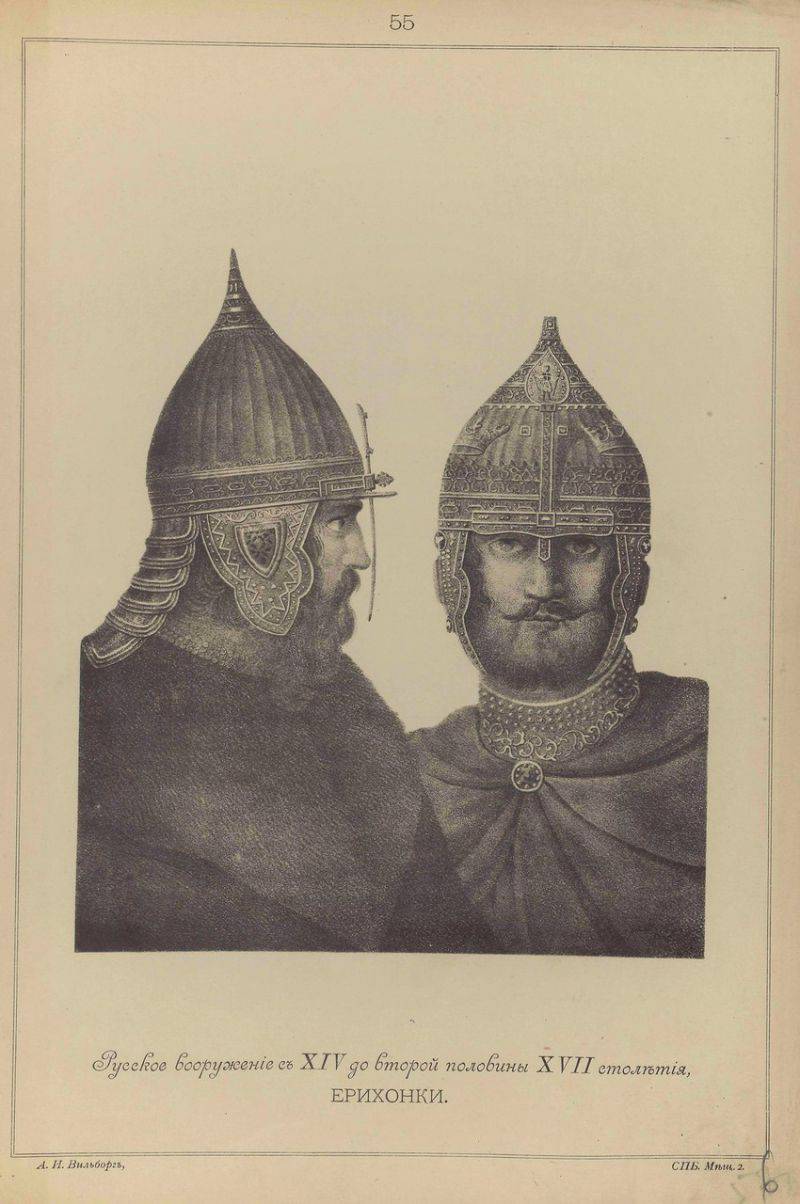
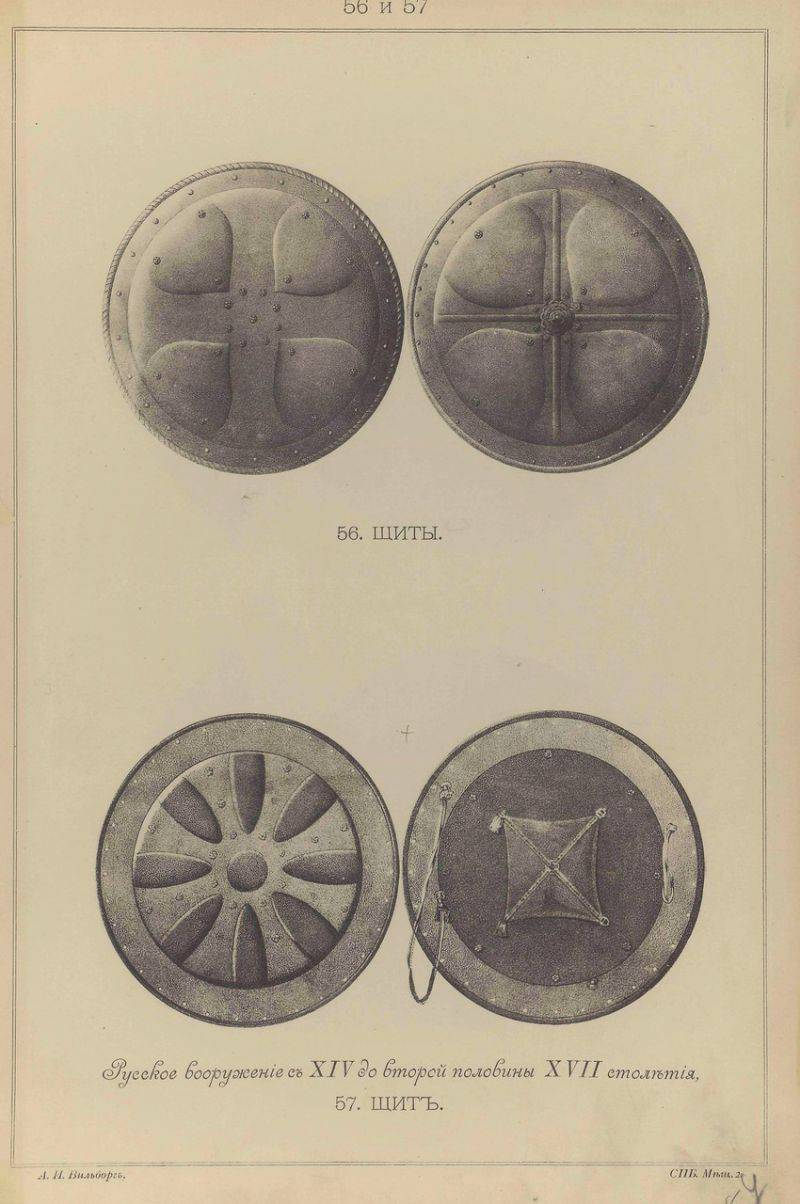
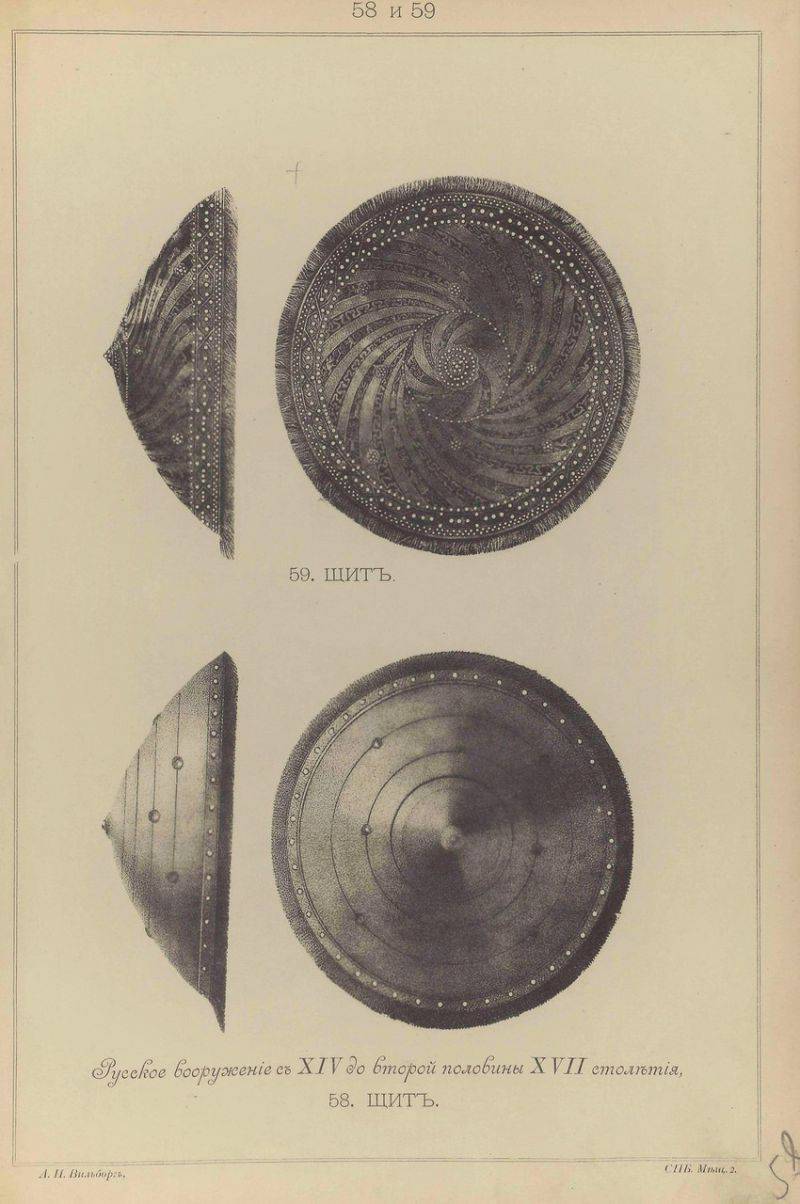
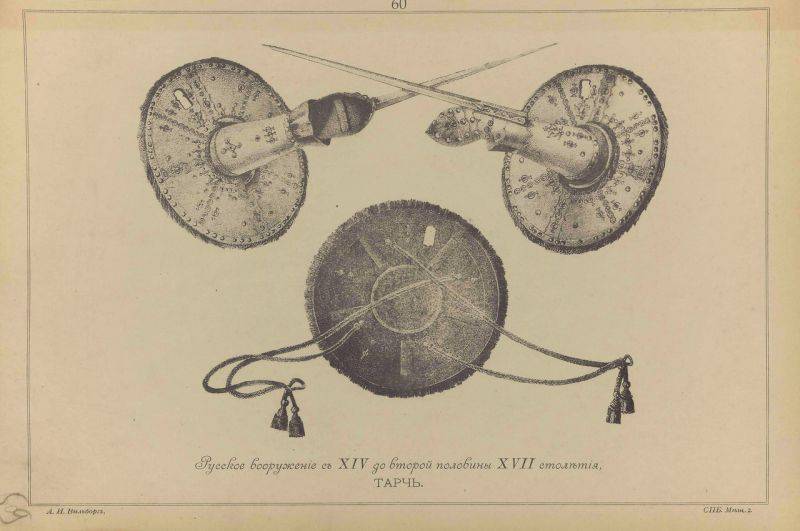
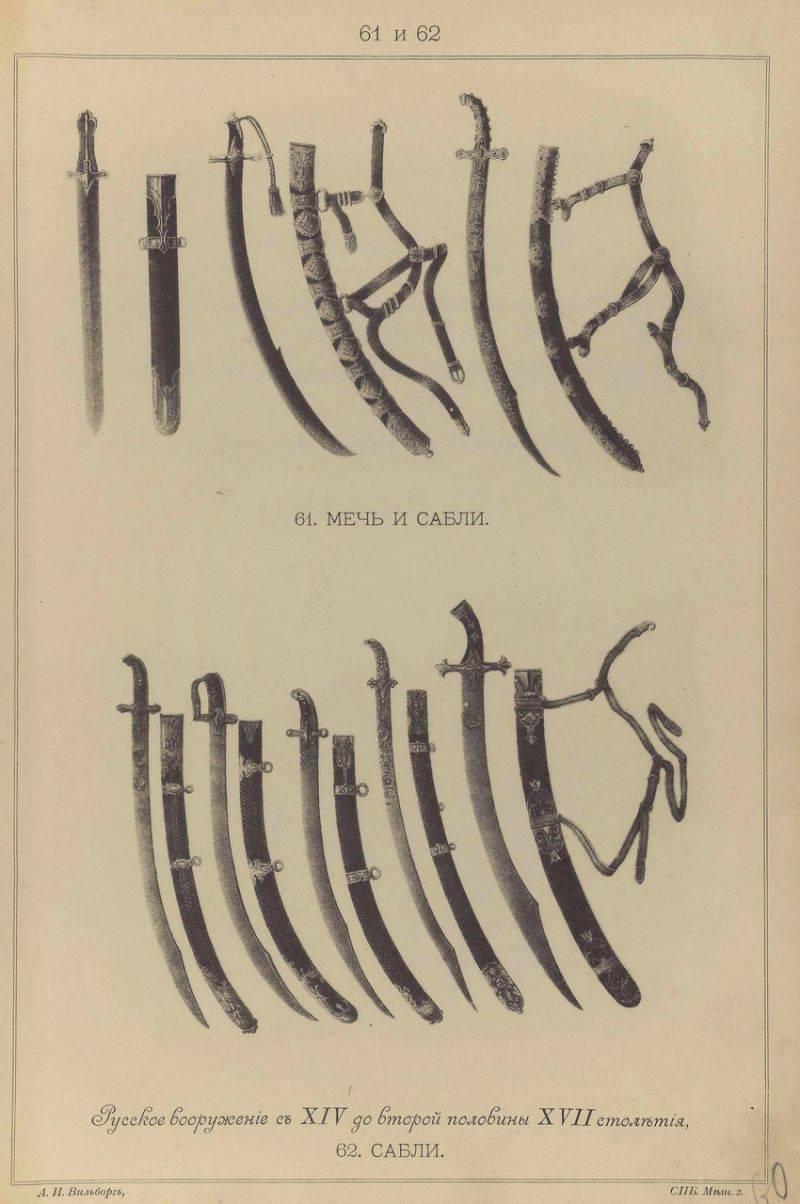
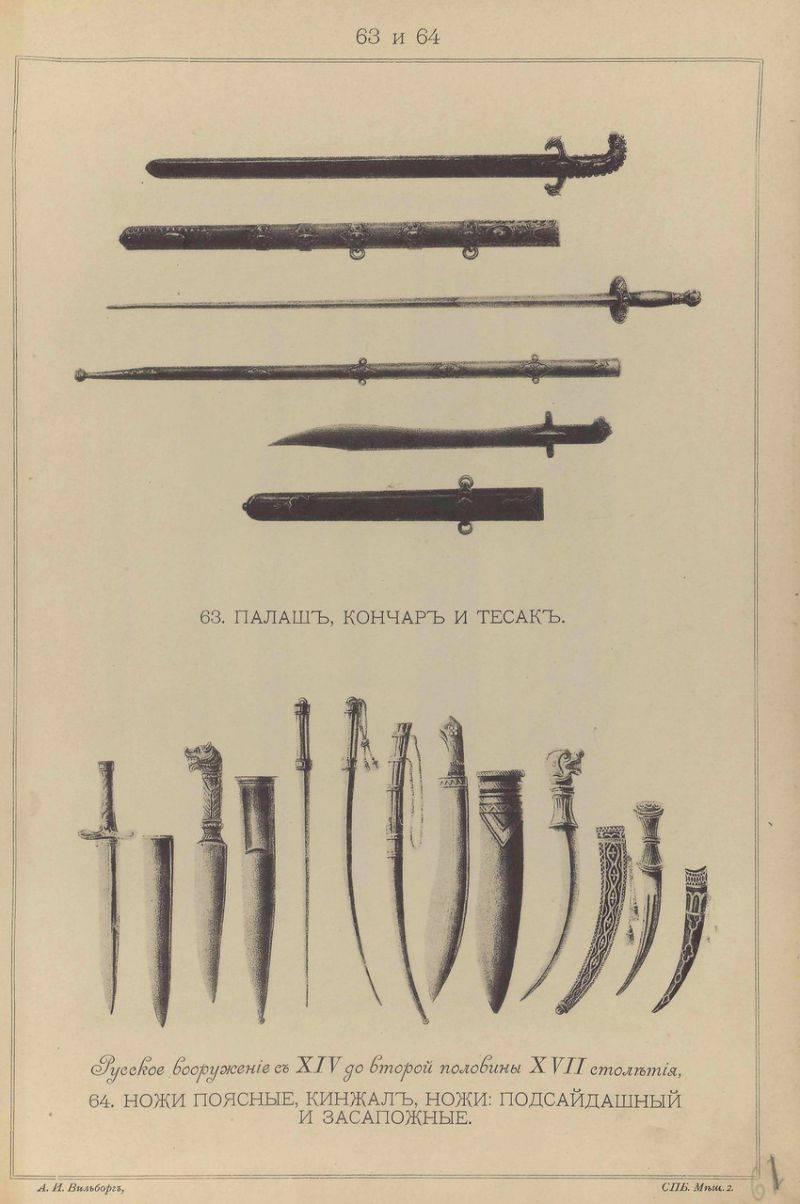
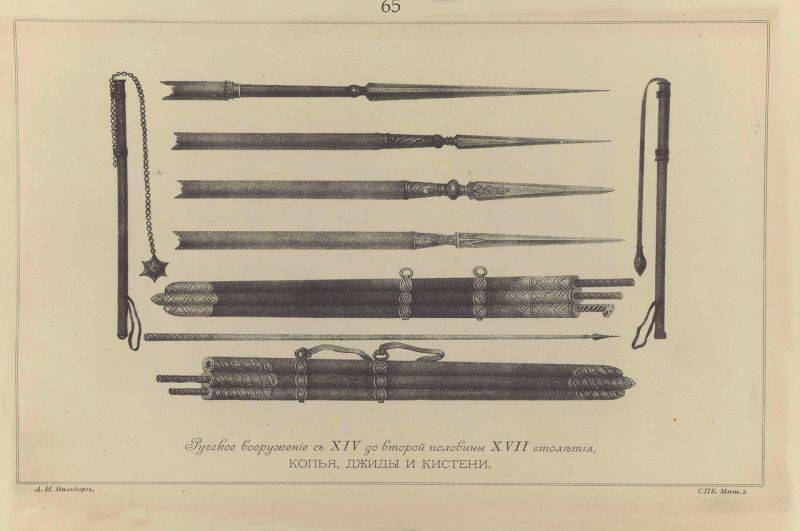
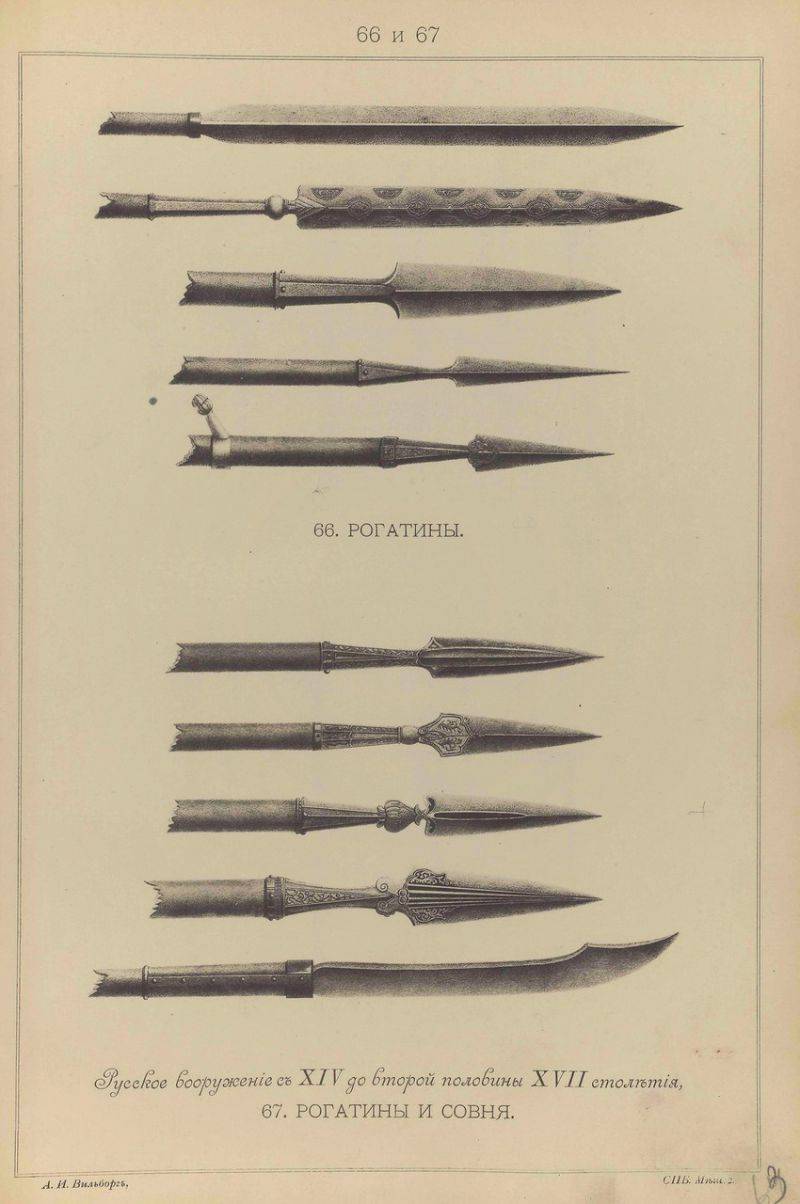
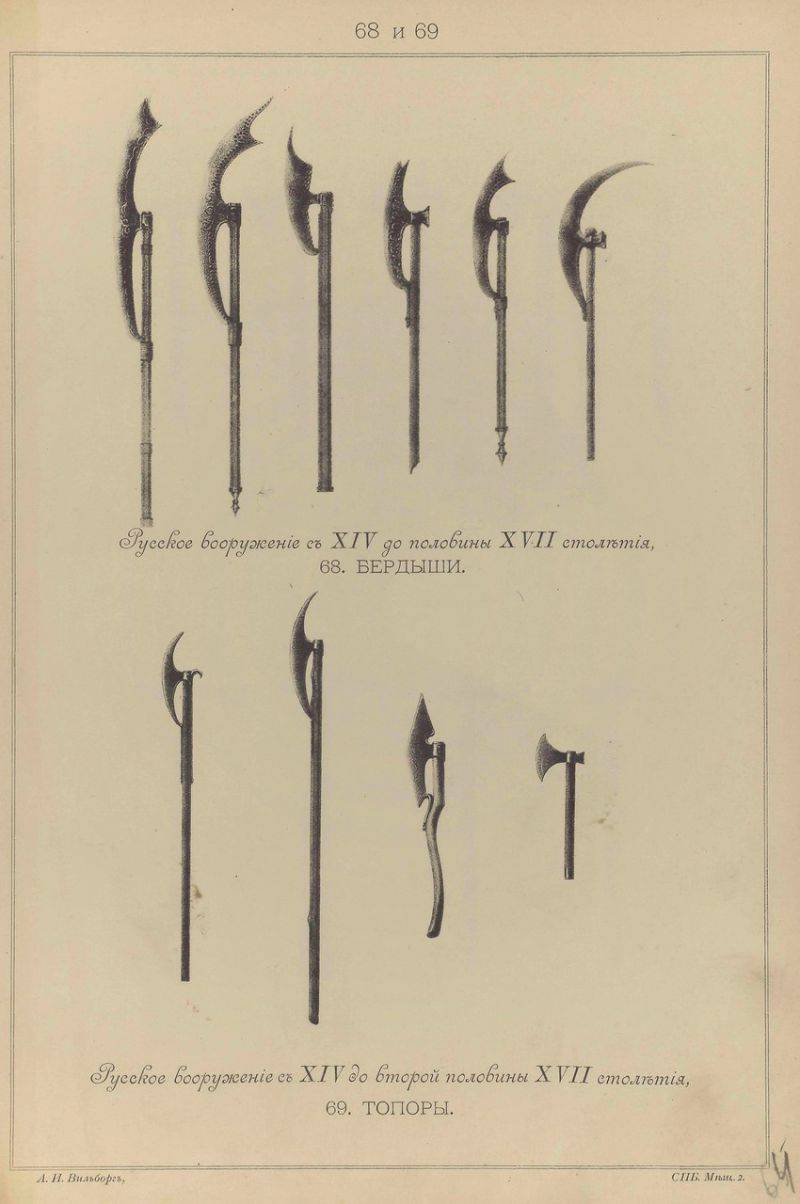
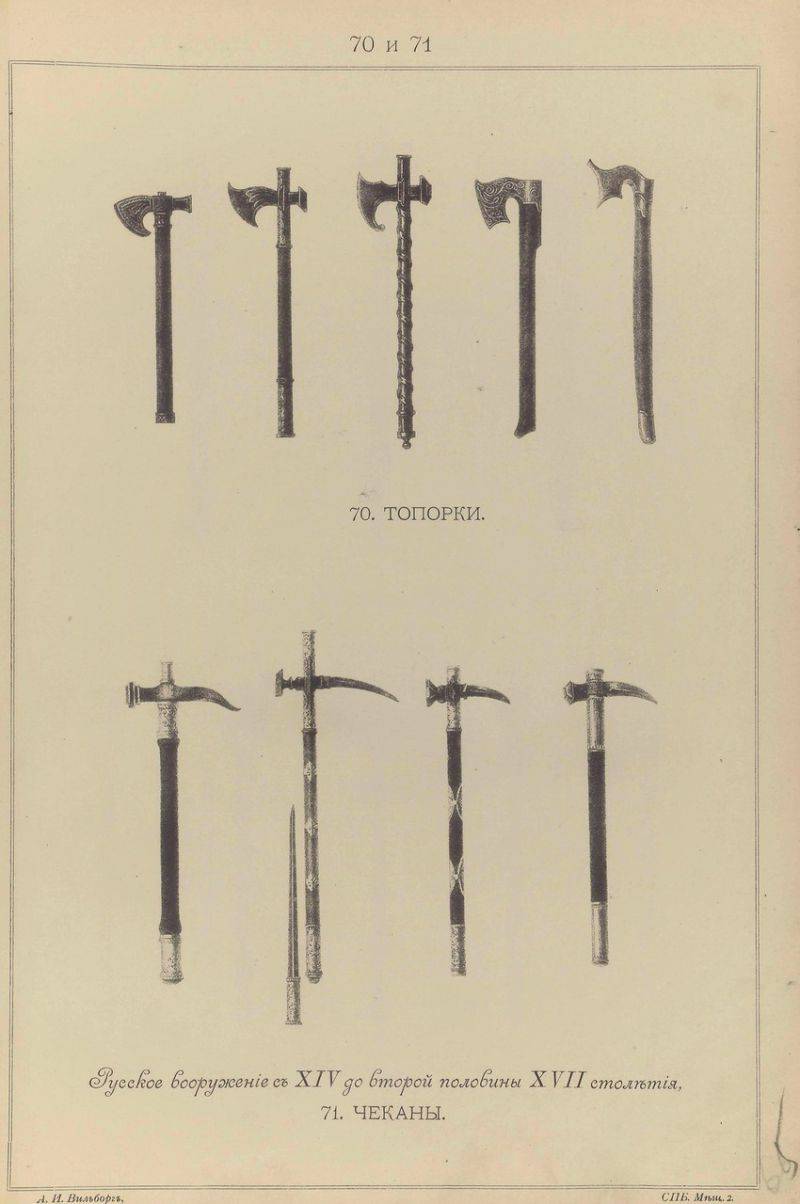

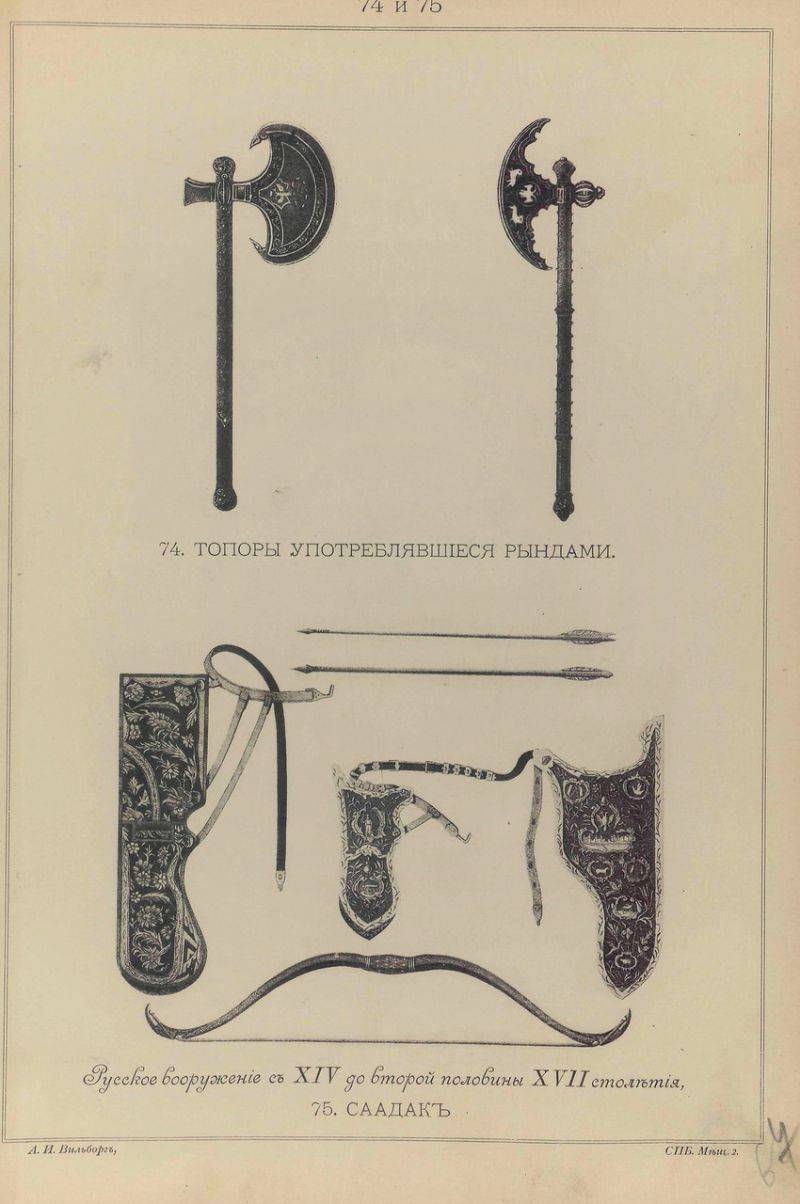
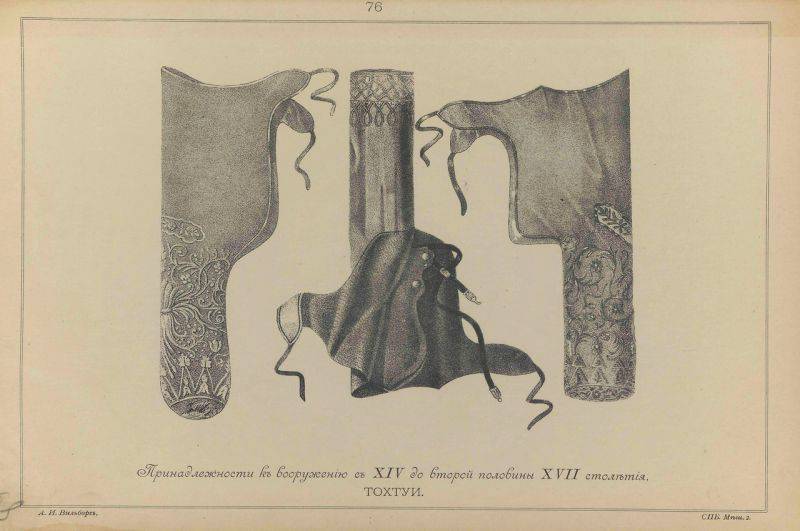
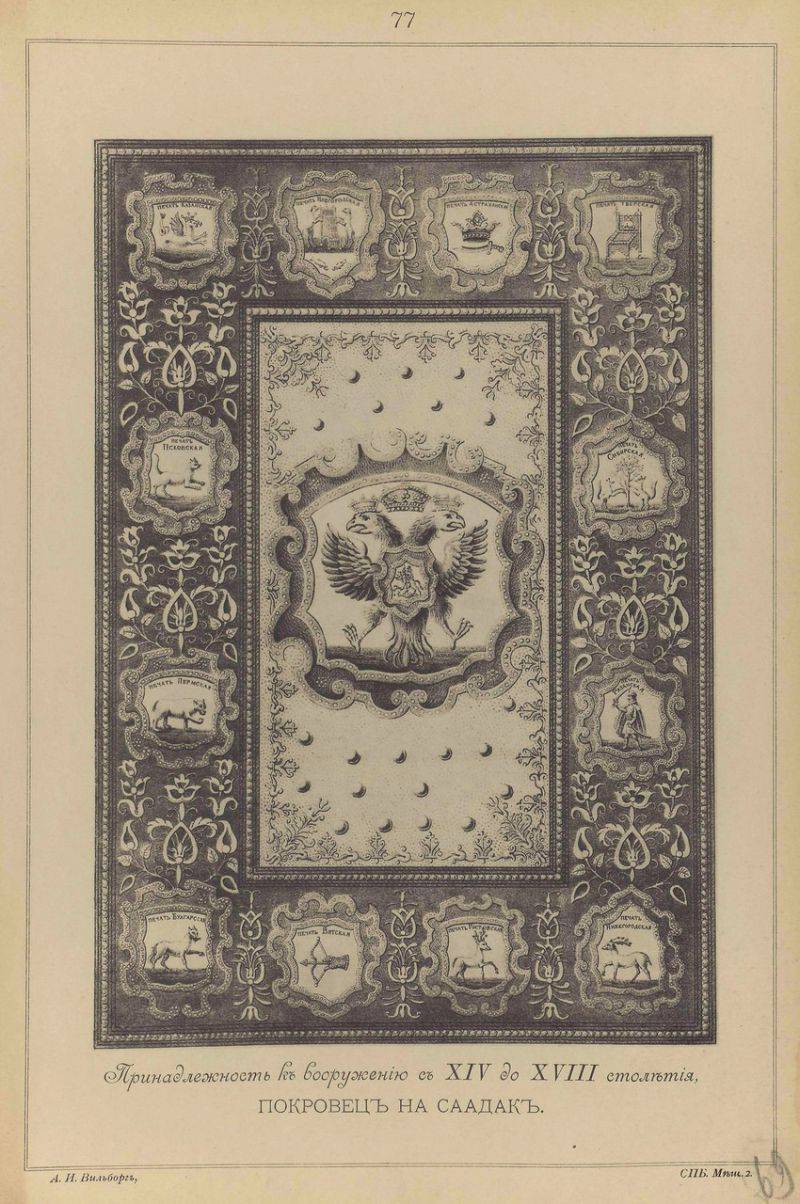
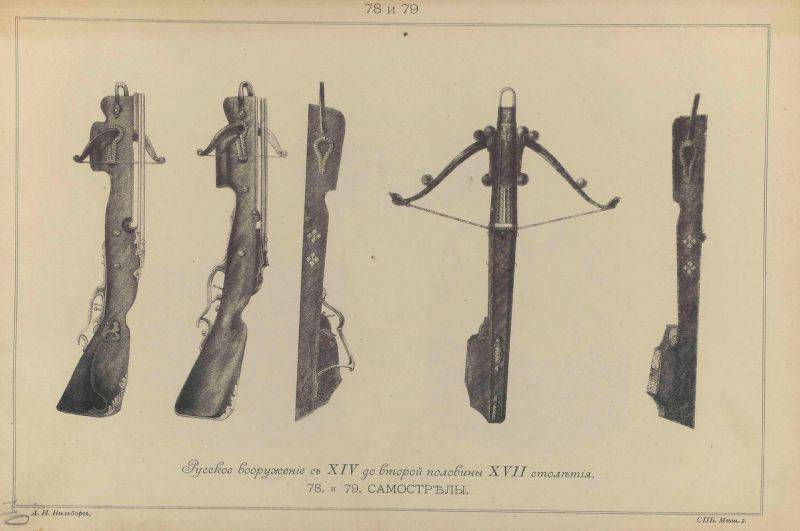
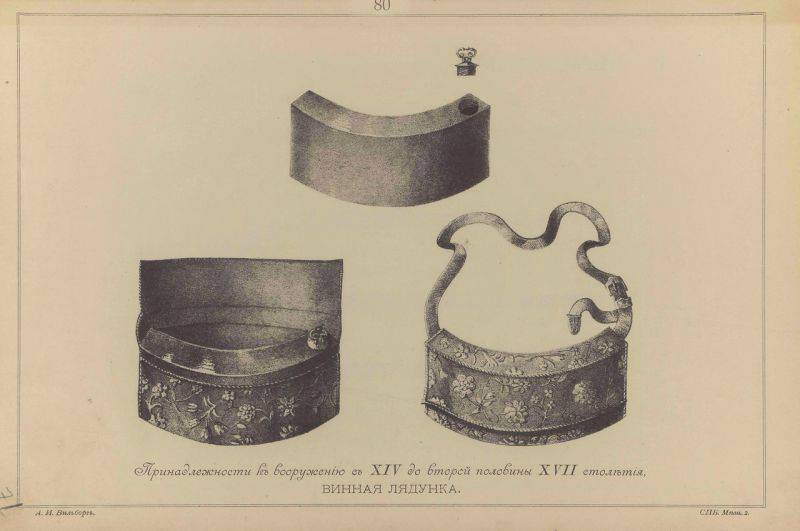
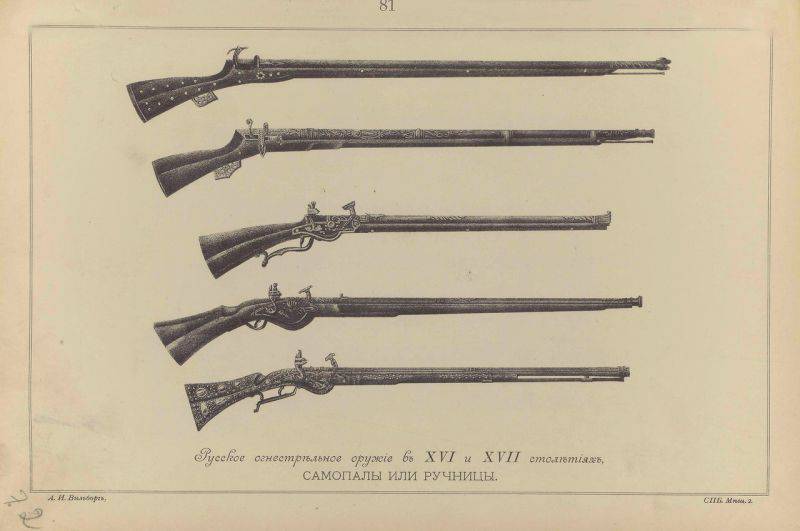
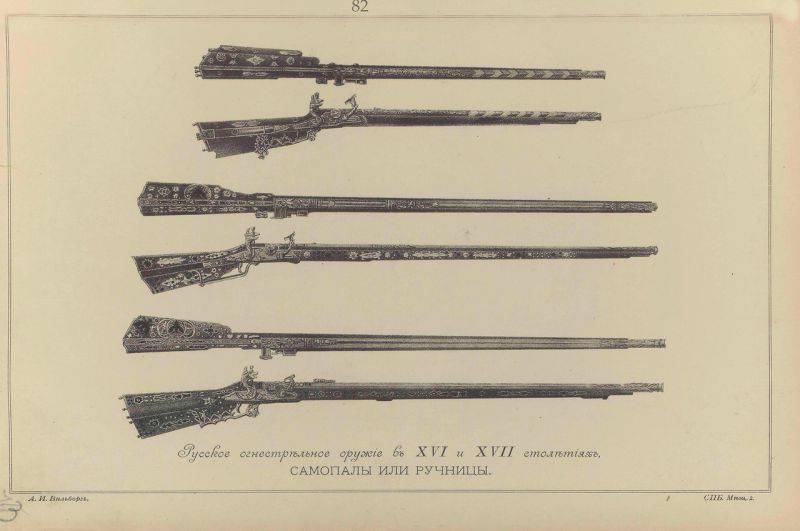
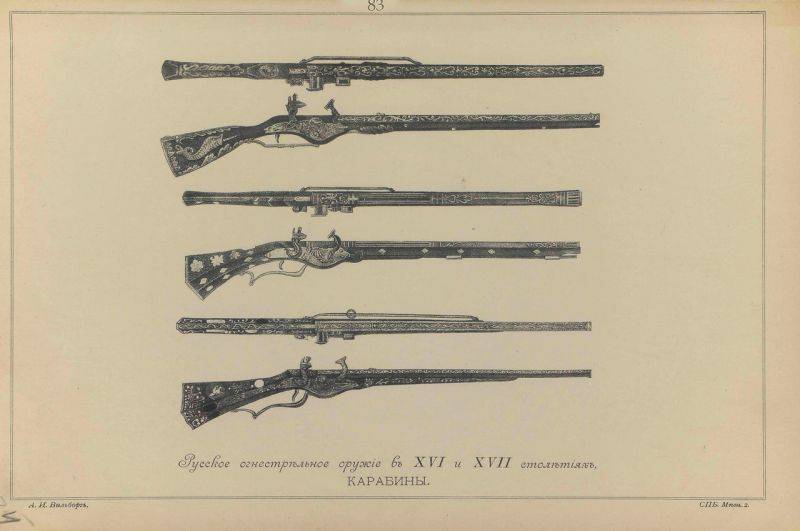
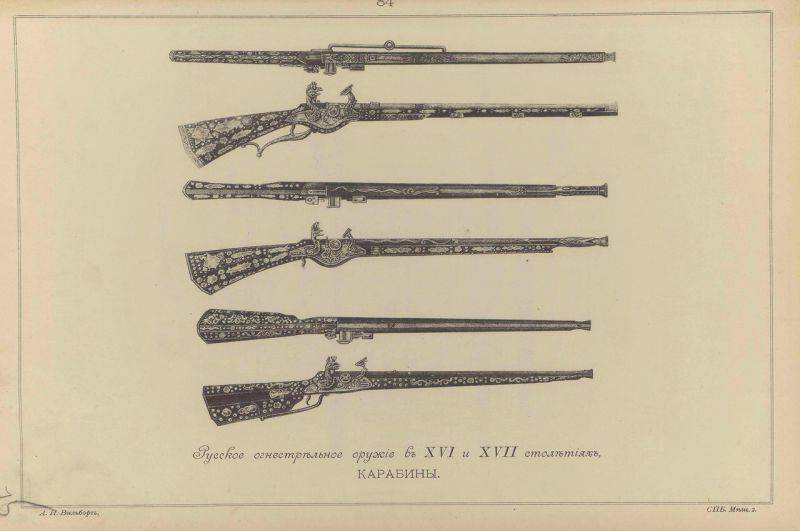
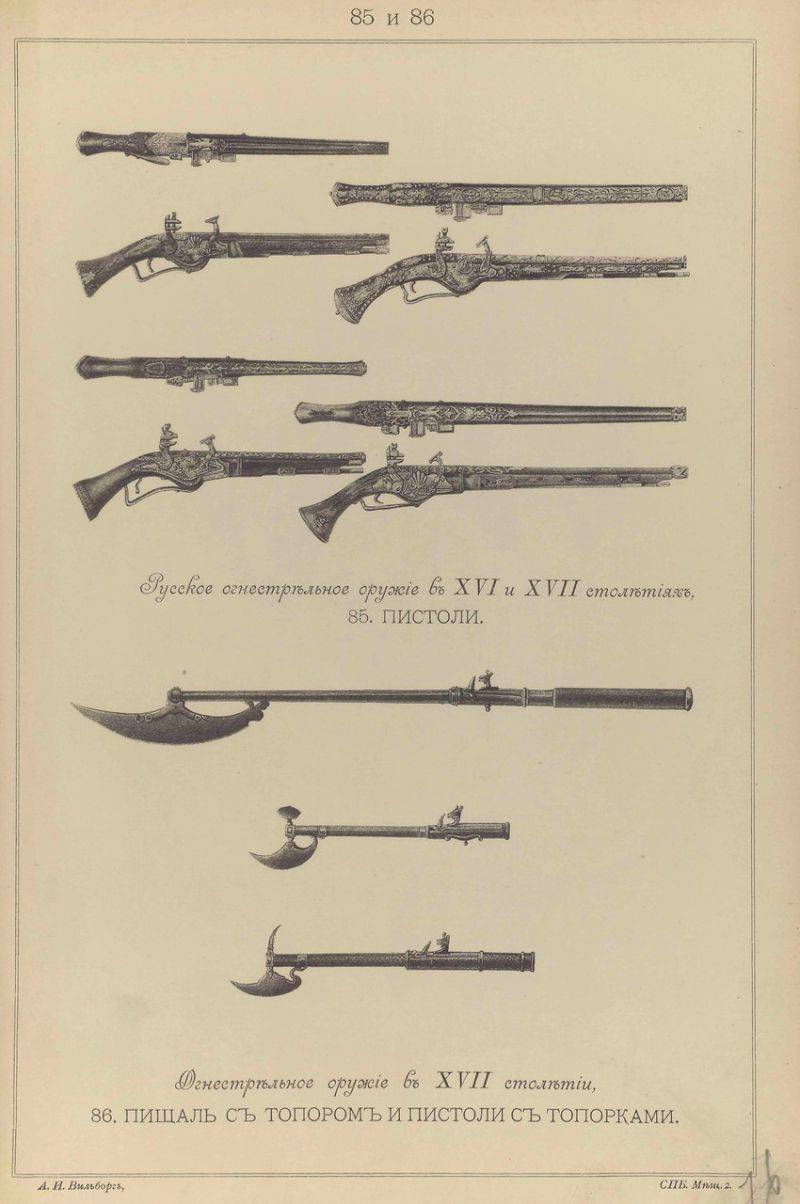
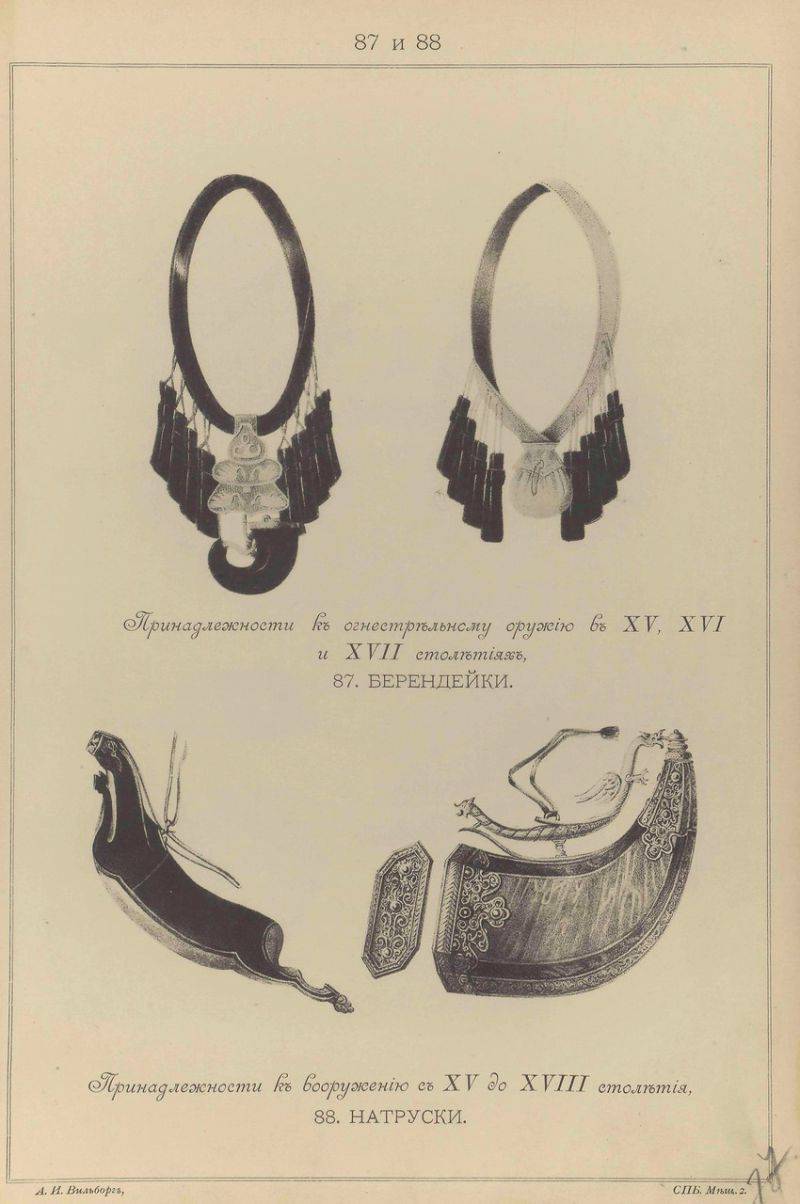

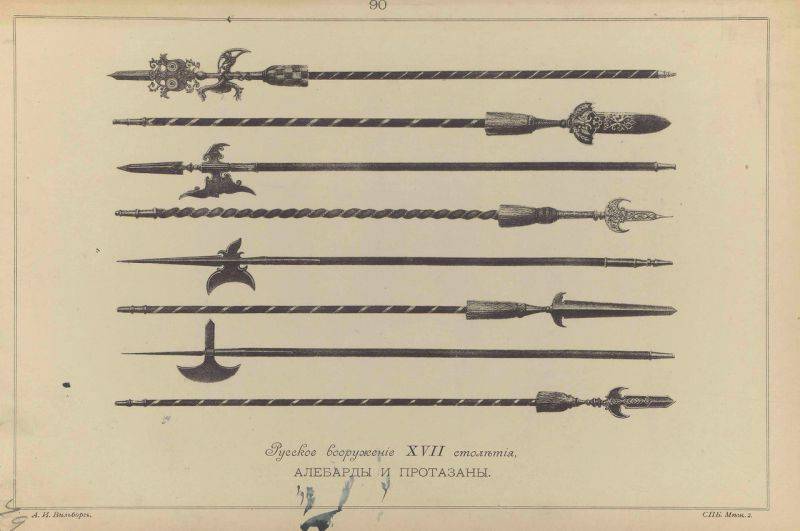
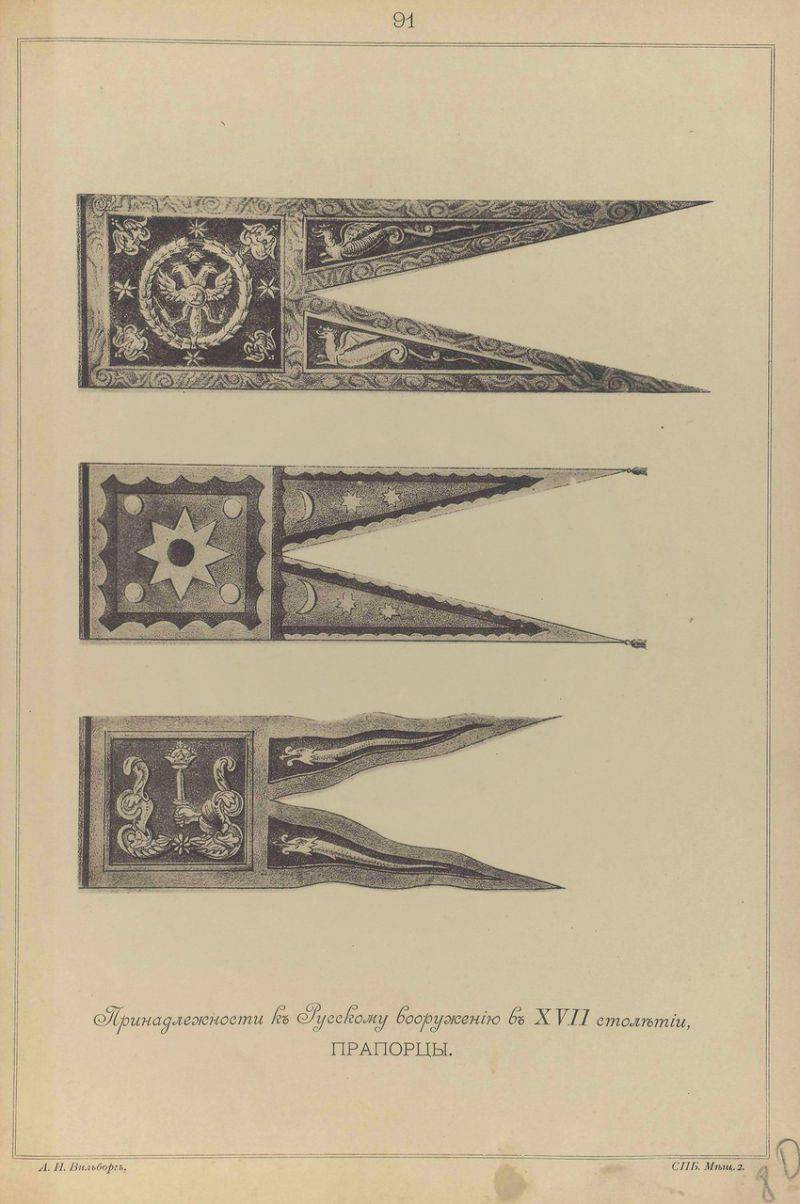
Information